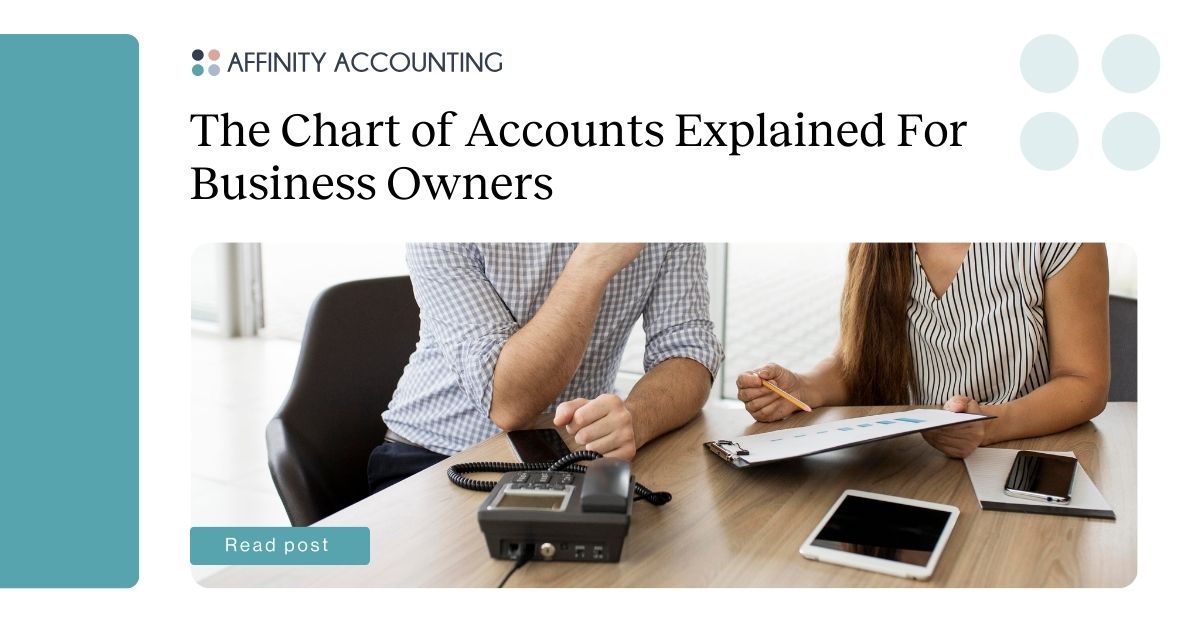Pricing has always been important, but in 2025, it’s becoming mission-critical. Clients are savvier, competition is global, and technology is reshaping how services get delivered. AI tools are making some tasks faster and cheaper, while at the same time clients are expecting deeper insight, more strategy, and more flexibility from their providers. That means your professional services pricing has to evolve right alongside your delivery.
Gone are the days when hourly billing was the default. Fixed-fee projects, outcome-based pricing, hybrid retainers, and even productized services are moving from edge cases to mainstream.
The firms that are winning are the ones that experiment with different models, test them on a few clients, and then scale what works. If you’re still using the same structure you did five years ago, there’s a good chance you’re leaving money and goodwill on the table.
Let’s talk through how to re-evaluate your pricing framework and layer in value-based pricing, so your firm can stay ahead.
Pricing Models You Can Use
First, let’s run through the popular pricing models and when they make sense. In 2025, we’ve seen many firms adopt a hybrid mix of these models.
Hourly or Time & Materials
Charging by time spent is simple to understand and works well when the scope is very uncertain. But the risk is that efficiency gains, via automation or AI, mean the hours shrink and your revenue shrinks with them.
Fixed Fee or Project Pricing
When the scope is clear, fixed pricing gives clients certainty. To protect yourself, base your estimate on historical data, plus a buffer. This is still a highly useful model in 2025.
Retainers or Subscription Style
This is great for smoothing cash flow and deepening client relationships. Combining retainers with performance metrics or outcome bonuses is becoming increasingly common.
Value-Based or Outcome Pricing
This is where you price according to client results or ROI, not just delivery hours. For projects where you can tie your work to measurable business impact (e.g., “We’ll reduce your cost by $X, or increase revenue by $Y”), this is powerful. It also becomes more viable as clients trust data more.
Tiered / Bundled Packages
Rather than one-off proposals, offer clear packages (e.g., basic, advanced, premium) that bundle your services into tiers. This helps clients self-select upward and makes upsells smoother.
How to Build Your Professional Services Pricing in 2025
Here’s a step-by-step playbook of how you can build your pricing model for your professional services business.
1. Determine Your Fully Loaded Cost Per Hour
Add up salary, benefits, overhead (rent, software, insurance, etc.), plus allowance for non-billable time (training, admin), and divide it by the target billable hours per year.
For example:
- Fully loaded cost per person = $120,000
- Target billable hours = 1,600
- Cost per hour = $120,000 ÷ 1,600 = $75
If your target gross margin is 50%, you’d price at $75 ÷ (1 – 0.50) = $150/hour as a baseline. Use that as your floor, not necessarily your final hourly rate.
2. Measure Utilization and Productivity
One of the key levers is how much of each employee’s time is billable. Most firms aim for 70–80% of working time. If you’re operating at anything lower, it means you either end up underpriced or your team has wasted capacity. This metric should be monitored monthly.
Another related metric to watch is Revenue Per Consultant; it tells you if someone brings in much less than others, which signals a pricing or productivity problem.
3. Use Historical Data and Buffer for Fixed Fees
Use timesheets to track hours spent on client projects and review past projects. How many hours did they really take vs your estimates? This way, you’ll identify scope creep, hidden costs and overruns, which will help you refine your estimates over time. You should always add a buffer of 10–25% to your estimates to protect yourself.
You should also flag which project types tend to go over budget and consider increasing pricing just for those.
4. Start Pilots with Outcome / Value Pricing
Pick two or three ideal clients and propose a hybrid model, which includes a base fixed fee, plus a bonus tied to measurable results. Explain the value metrics (e.g., revenue growth, cost savings, efficiency) and get mutual agreement before starting.
This model may not work for every client, but these pilots help you build case studies and confidence to identify which clients it may work for.
5. Design Tiered Packages That Make Sense
Design your tiered packages in a way that makes it easy for clients to pick. Each tier should feel like a meaningful upgrade, not just more hours.
For instance:
- Basic Package: Monthly bookkeeping + quarterly reports
- Growth Package: Basic + monthly financial or strategic calls
- Premium Package: Growth + CFO advisory, scenario modeling, KPI dashboards
6. Communicate Changes Honestly with Clients
When you raise or restructure pricing, you want to be transparent with clients to preserve trust. In your conversation, lead with value: what new things they will get, how you are investing to improve outcomes. It’s good to offer phased increases, grandfathered rates for existing clients, or transitional terms.
7. Add a Regular Review Clause
Don’t lock yourself in. Give yourself an opening by building in annual, semiannual price review triggers into your contracts, which are tied to inflation, complexity changes or new service demands.
How AI And Digital Transformation Are Changing The Pricing Game
We can’t write about smart pricing in 2025 without talking about how AI and digital transformation are rewriting the rules. If you ignore this, your pricing will feel outdated fast.
Efficiency Gains Can Crush Time-Based Models
Tools like generative AI, automation, and analytics shorten hours needed for tasks, billing strictly by time becomes riskier. You might find yourself doing the same work in 20% of the time, and unless your price adapts, your revenue drops. Some firms are already sounding the alarm.
Increased Transparency And Data Expectations
Clients are getting savvier. They’ll ask for detailed cost breakdowns, historical benchmarks, and justification of value. Your pricing must survive scrutiny; vague statements about your expertise won’t cut it.
New Service Types, Digital Products, And Scalable Models
Digital transformation enables firms to package more productized services: self-service dashboards, analytics tools, subscription modules, predictive models. These can be priced differently (licenses, usage fees, SaaS style) and layered into your mix.
Risk And Liability With AI Must Be Priced In
When AI or automation is part of delivery, you may need to price risk, warranty, oversight, or manual review time as part of your cost.
Hybrid Pricing With “Human + Virtual Agent” Split
Some firms already talk about two pricing tracks: one for what humans do, another for what automated agents do. In time, clients may expect lower rates for AI-delivered tasks and a premium for human judgment.
Raise Barriers to Undercutting
Since AI lowers the cost barrier for new entrants, your pricing must defend your uniqueness: domain specialization, relationships, trust, and quality assurance. You can’t win on speed alone.
What Affinity Accounting Can Do Next
Affinity Accounting helps professional services firms set up the right bookkeeping, reporting, and pricing models so managers make clear decisions.
If you want help running the fully loaded cost model, building client profitability reports, or piloting value-based fees, we can set up a short analysis and a pricing roadmap tailored to your firm.
Book a quick introductory call with Affinity Accounting to get a pricing health check and an action plan you can implement this quarter.


